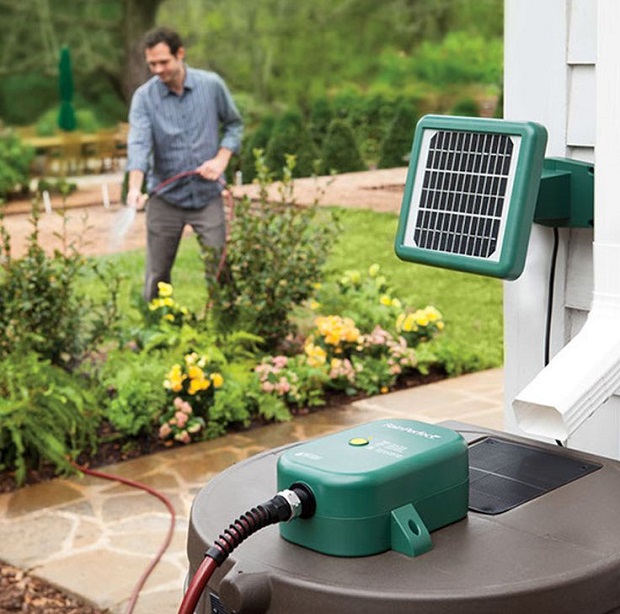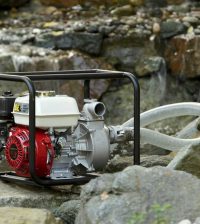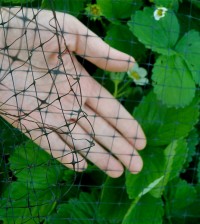Having Problems with Garden Low Water Pressure? Here are Some Solutions
So, it didn’t take you long to realise you were passionate about gardening, after making the first flower bed for your outdoor garden area. How can you not, right? It can be quite the mind and body therapy, and with every new plant you welcome into your outdoor space, you can feel this passion growing further. Respectively, your garden would grow too. There was a time everything was going perfectly well with this expansion, until you started having watering problems due to the low water pressure.
It’s not uncommon for this to happen, particularly when your garden watering needs increase, and it only gets worse if you also have sprinklers for the lawn, you have to take care of washing the car, or boat, and clean and fill up pools, and ponds. Not only is it nerve-racking, taking away your gardening joy, but it’s also time-consuming, as it takes more time to finish up the tasks efficiently. Fret not, though, as you can get help in the form of pressure pumps.

Made of high quality components (like brass impellers, corrosion resistant shafts), these pumps are built to last, standing the test of time with their continuous reliability, and trouble-free on-demand water supply, serving as a long-term pressure solution.
Thanks to their specific design, such as the specially created jet inside the pump, avoiding pressure fluctuations to ensure constant flow, head pressure allowing for operations of more taps at the same time, and self-priming ability to draw water from up to 9m, pressure pumps are a valuable investment to make. More so because they can also help you cut down the water bill.
Apart from equipping with the adequate pressure pump, it’s important to do some basic regular check-ups; you can never know what might be the pressure thief. It can be something as small as a hole or worn part on the hose, the hose’s attachment is in need of replacement, or the hose is improperly connected to the spigot – whichever the case, do the necessary repairs, get a high-pressure spray attachment, or a new spigot if needed.
Then again, sometimes it can be as simple as inspecting whether the main water valve is fully on. It can also be the blame of the maladjustment of the pressure regulator, so you have to make sure you look well into the PSI. If you don’t exactly know how to do the readjustment in case the capacity has to be changed, it’s best to leave it in the hands of a plumber. This is advisable with carrying out regular check-ups, so the plumber can inform you of possible issues.










